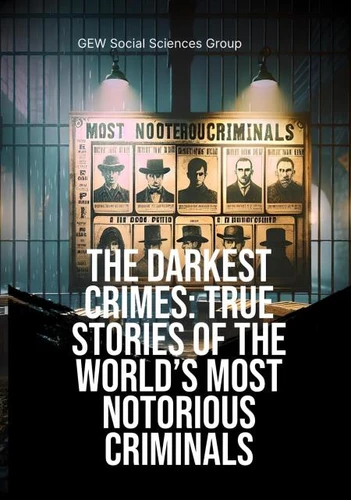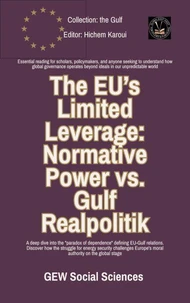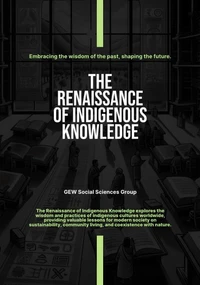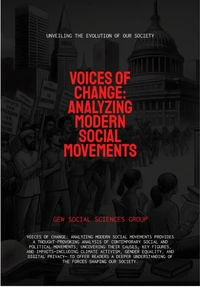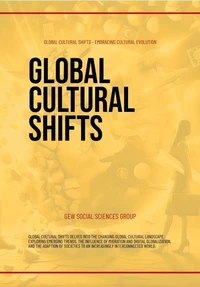The Darkest Crimes: True Stories Of The World’s Most Notorious Criminals
Par :Formats :
Disponible dans votre compte client Decitre ou Furet du Nord dès validation de votre commande. Le format ePub protégé est :
- Compatible avec une lecture sur My Vivlio (smartphone, tablette, ordinateur)
- Compatible avec une lecture sur liseuses Vivlio
- Pour les liseuses autres que Vivlio, vous devez utiliser le logiciel Adobe Digital Edition. Non compatible avec la lecture sur les liseuses Kindle, Remarkable et Sony
- Non compatible avec un achat hors France métropolitaine
 , qui est-ce ?
, qui est-ce ?Notre partenaire de plateforme de lecture numérique où vous retrouverez l'ensemble de vos ebooks gratuitement
Pour en savoir plus sur nos ebooks, consultez notre aide en ligne ici
- FormatePub
- ISBN8227062529
- EAN9798227062529
- Date de parution31/05/2024
- Protection num.Adobe DRM
- Infos supplémentairesepub
- ÉditeurBig Dog Books, LLC
Résumé
"The Darkest Crimes" explores the theme of infamy through detailed case studies of notorious criminal figures, examining their historical context, psychological profiles, societal impact, and the role of the media, while delving into the implications for justice systems and preventive measures. The driving idea behind this book is to delve into the narratives of infamous individuals, not merely to sensationalize their nefarious deeds, but to understand the complex motivations and circumstances that led to their infamy.
By doing so, the book aims to offer a comprehensive understanding of the forces involved in the creation of infamy. It seeks to provide a nuanced perspective on these individuals' actions, drawing from historical records, eyewitness accounts, and expert analyses, and to evoke empathy and provoke thoughtful discourse about the nature of infamy and its lasting impact on society. Key Takeaways:- Infamy endures through history with criminal figures becoming cultural icons, leading to a mix of public fascination and revulsion.- Psychological profiles of infamous individuals reveal common traits such as narcissism and lack of empathy, often stemming from unresolved personal issues.- The media plays a crucial role in shaping perceptions, sometimes sensationalizing crimes and affecting public opinion and legal processes.- Societal impacts are profound, including heightened anxiety, shifts in trust dynamics, policy reforms, and changes in legal frameworks.- Ethical considerations are important in retelling crimes to ensure accuracy without sensationalism or glorification of criminal acts.- Rehabilitation and redemption efforts highlight challenges and the importance of robust support systems and societal acceptance.- Preventive measures and awareness are essential to mitigate future infamous crimes, emphasizing early intervention, education, and community engagement.
By doing so, the book aims to offer a comprehensive understanding of the forces involved in the creation of infamy. It seeks to provide a nuanced perspective on these individuals' actions, drawing from historical records, eyewitness accounts, and expert analyses, and to evoke empathy and provoke thoughtful discourse about the nature of infamy and its lasting impact on society. Key Takeaways:- Infamy endures through history with criminal figures becoming cultural icons, leading to a mix of public fascination and revulsion.- Psychological profiles of infamous individuals reveal common traits such as narcissism and lack of empathy, often stemming from unresolved personal issues.- The media plays a crucial role in shaping perceptions, sometimes sensationalizing crimes and affecting public opinion and legal processes.- Societal impacts are profound, including heightened anxiety, shifts in trust dynamics, policy reforms, and changes in legal frameworks.- Ethical considerations are important in retelling crimes to ensure accuracy without sensationalism or glorification of criminal acts.- Rehabilitation and redemption efforts highlight challenges and the importance of robust support systems and societal acceptance.- Preventive measures and awareness are essential to mitigate future infamous crimes, emphasizing early intervention, education, and community engagement.
"The Darkest Crimes" explores the theme of infamy through detailed case studies of notorious criminal figures, examining their historical context, psychological profiles, societal impact, and the role of the media, while delving into the implications for justice systems and preventive measures. The driving idea behind this book is to delve into the narratives of infamous individuals, not merely to sensationalize their nefarious deeds, but to understand the complex motivations and circumstances that led to their infamy.
By doing so, the book aims to offer a comprehensive understanding of the forces involved in the creation of infamy. It seeks to provide a nuanced perspective on these individuals' actions, drawing from historical records, eyewitness accounts, and expert analyses, and to evoke empathy and provoke thoughtful discourse about the nature of infamy and its lasting impact on society. Key Takeaways:- Infamy endures through history with criminal figures becoming cultural icons, leading to a mix of public fascination and revulsion.- Psychological profiles of infamous individuals reveal common traits such as narcissism and lack of empathy, often stemming from unresolved personal issues.- The media plays a crucial role in shaping perceptions, sometimes sensationalizing crimes and affecting public opinion and legal processes.- Societal impacts are profound, including heightened anxiety, shifts in trust dynamics, policy reforms, and changes in legal frameworks.- Ethical considerations are important in retelling crimes to ensure accuracy without sensationalism or glorification of criminal acts.- Rehabilitation and redemption efforts highlight challenges and the importance of robust support systems and societal acceptance.- Preventive measures and awareness are essential to mitigate future infamous crimes, emphasizing early intervention, education, and community engagement.
By doing so, the book aims to offer a comprehensive understanding of the forces involved in the creation of infamy. It seeks to provide a nuanced perspective on these individuals' actions, drawing from historical records, eyewitness accounts, and expert analyses, and to evoke empathy and provoke thoughtful discourse about the nature of infamy and its lasting impact on society. Key Takeaways:- Infamy endures through history with criminal figures becoming cultural icons, leading to a mix of public fascination and revulsion.- Psychological profiles of infamous individuals reveal common traits such as narcissism and lack of empathy, often stemming from unresolved personal issues.- The media plays a crucial role in shaping perceptions, sometimes sensationalizing crimes and affecting public opinion and legal processes.- Societal impacts are profound, including heightened anxiety, shifts in trust dynamics, policy reforms, and changes in legal frameworks.- Ethical considerations are important in retelling crimes to ensure accuracy without sensationalism or glorification of criminal acts.- Rehabilitation and redemption efforts highlight challenges and the importance of robust support systems and societal acceptance.- Preventive measures and awareness are essential to mitigate future infamous crimes, emphasizing early intervention, education, and community engagement.

